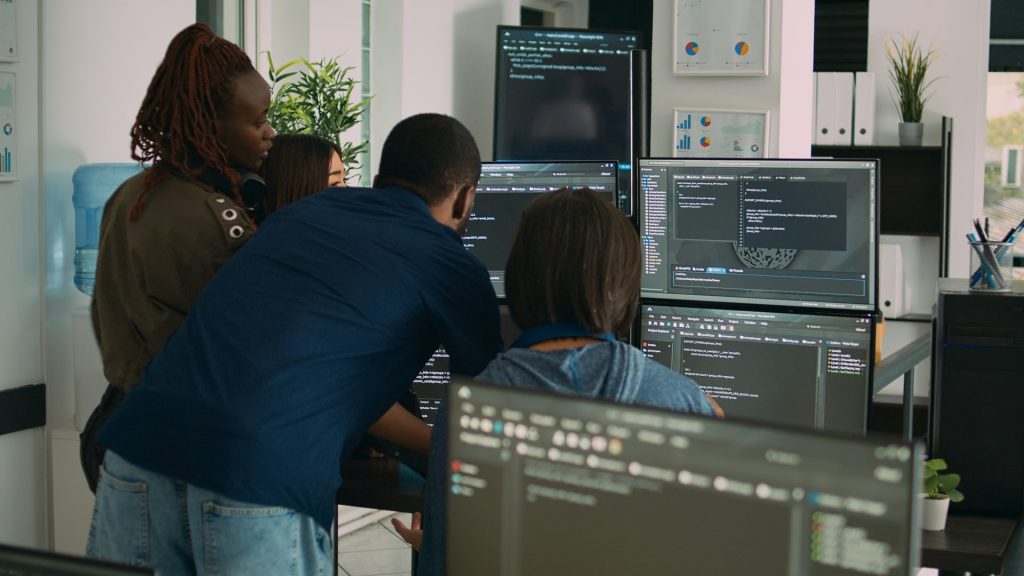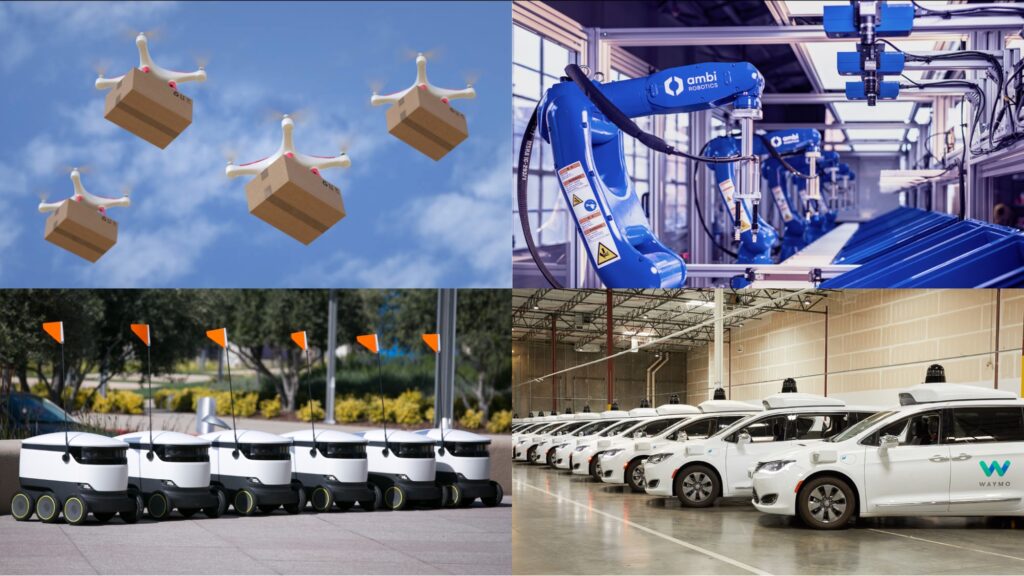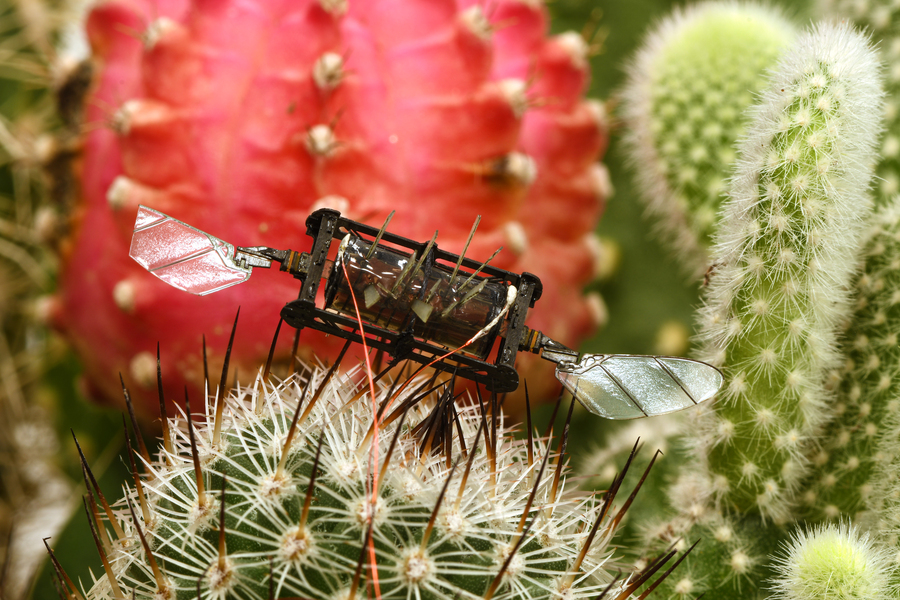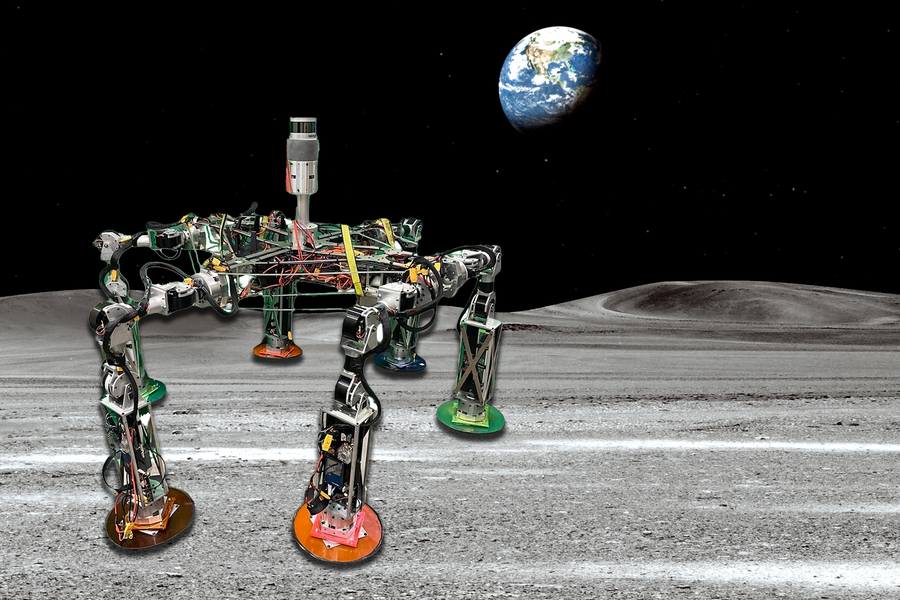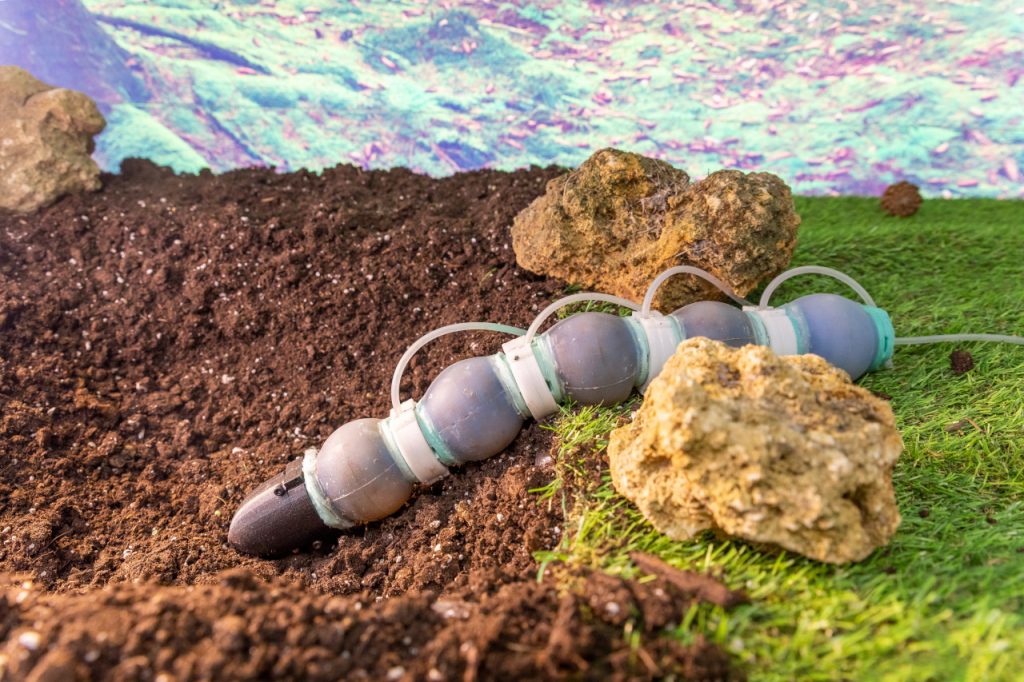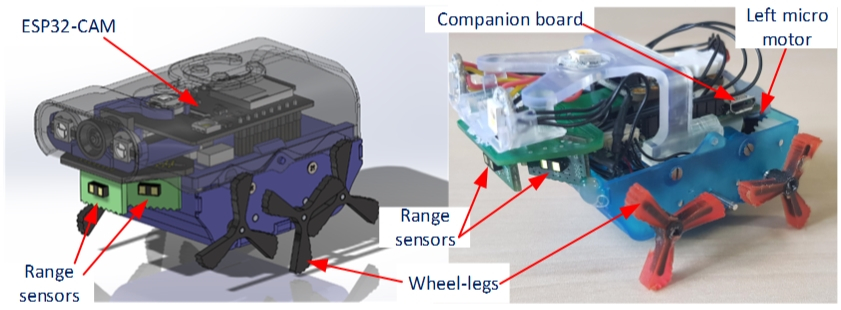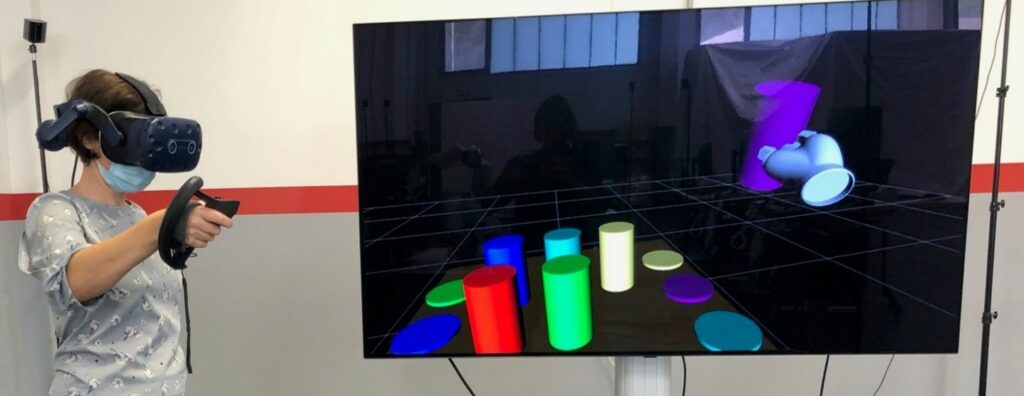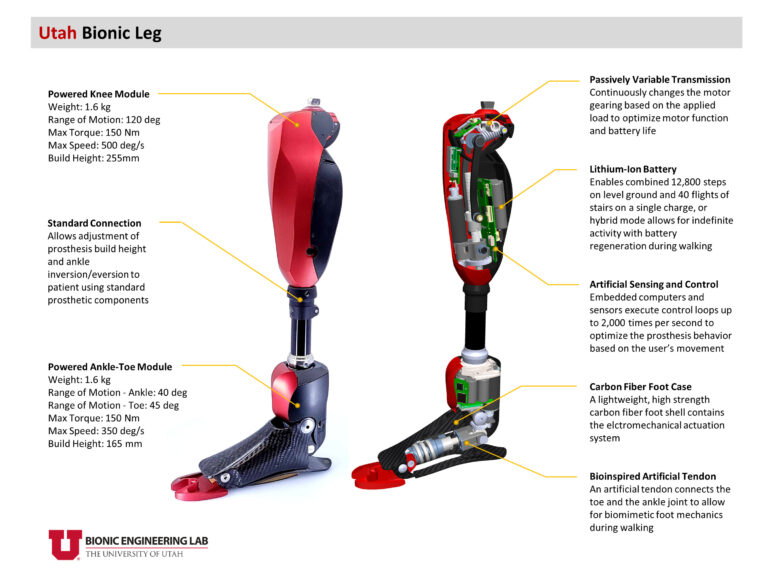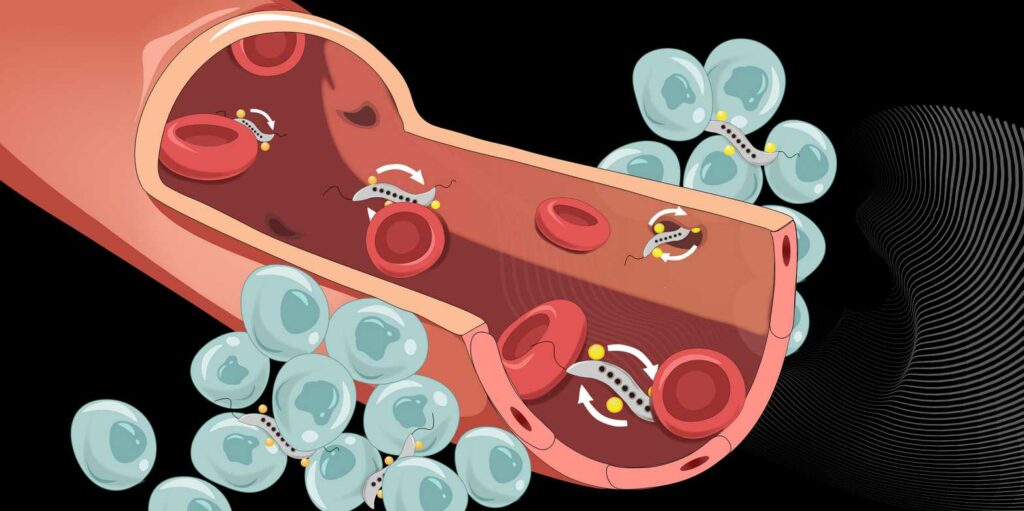Visual navigation to objects in real homes
Today’s robots are often static and isolated from humans in structured environments — you can think of robot arms employed by Amazon for picking and packaging products within warehouses. But the true potential of robotics lies in mobile robots operating alongside humans in messy environments like our homes and hospitals — this requires navigation skills. …

